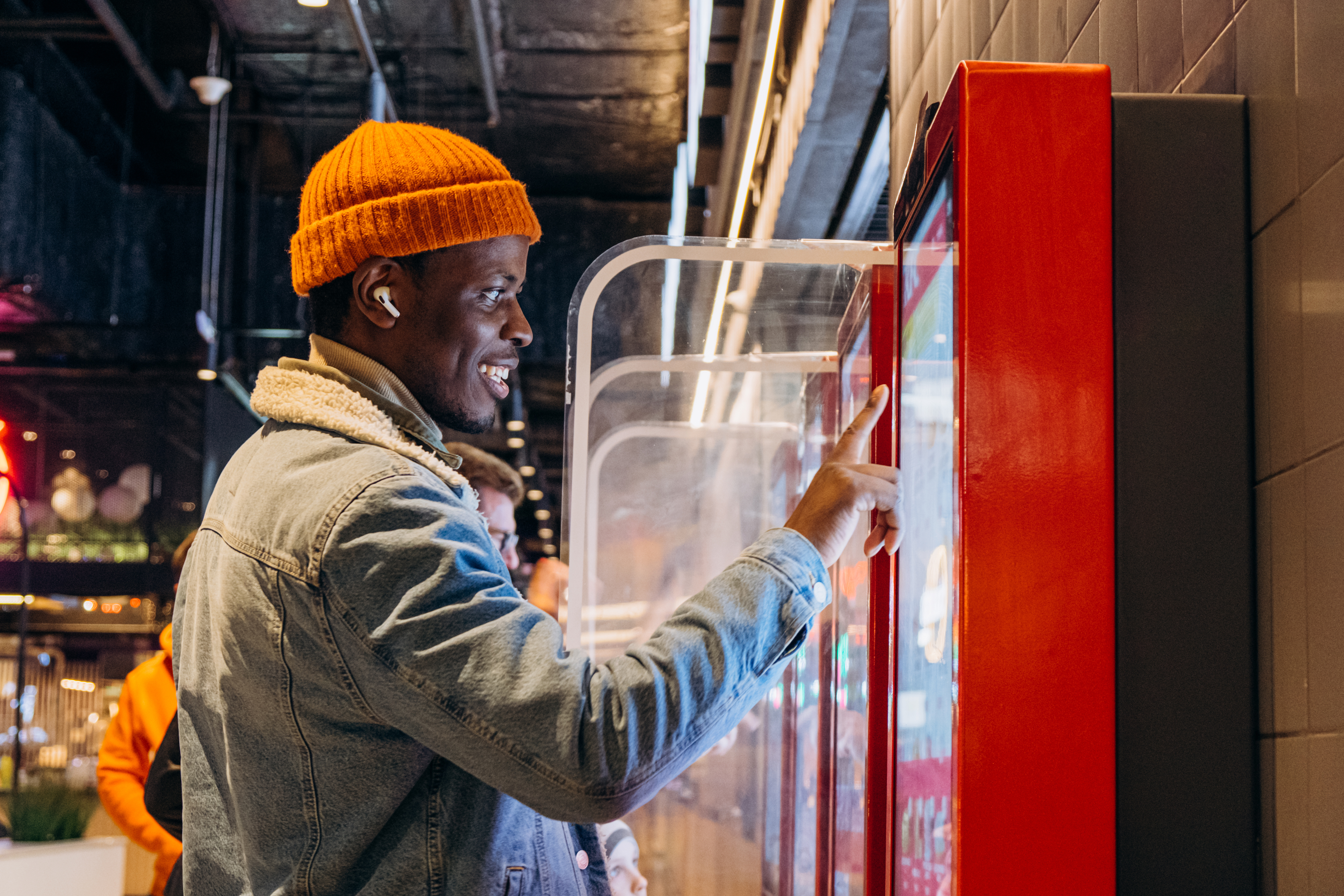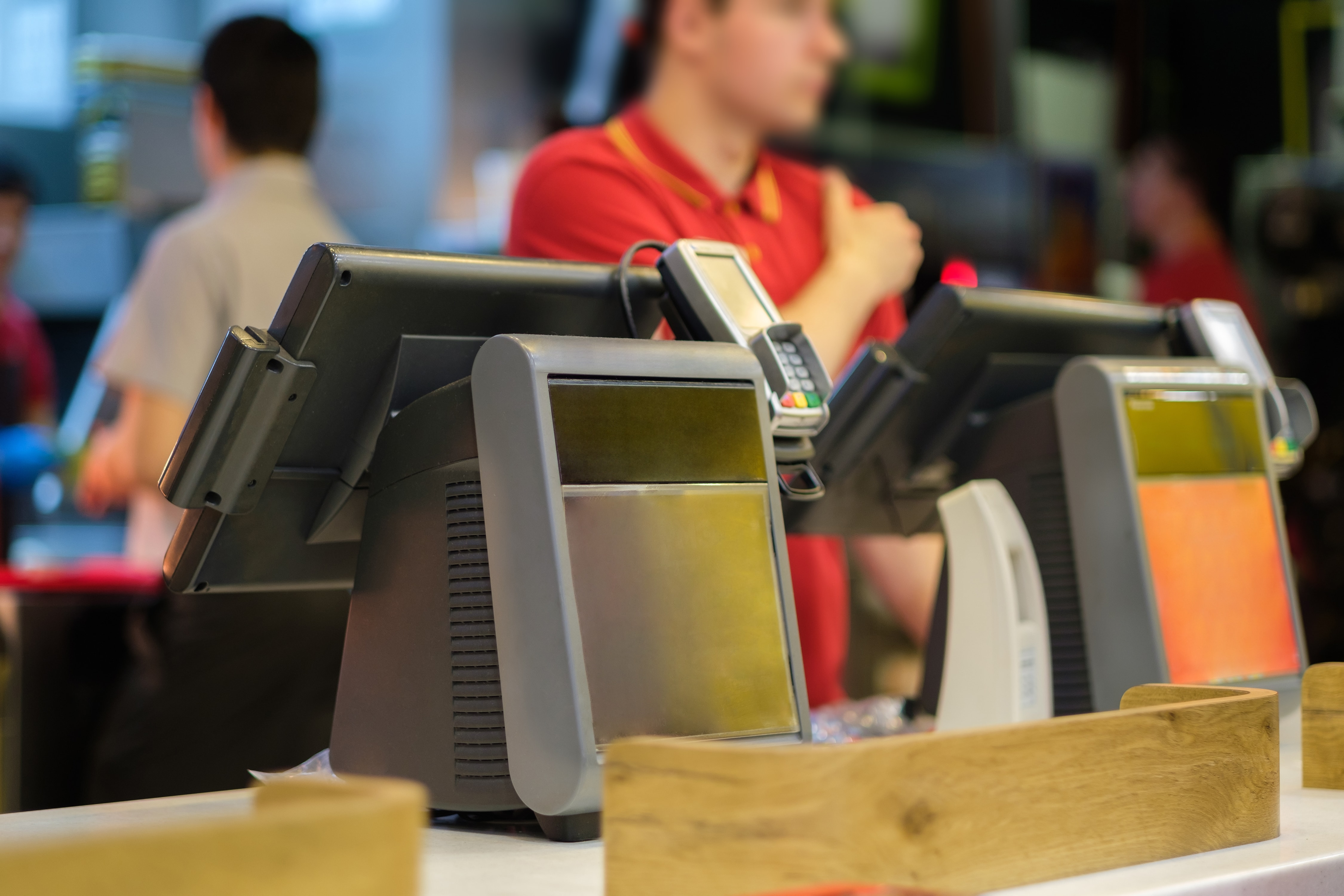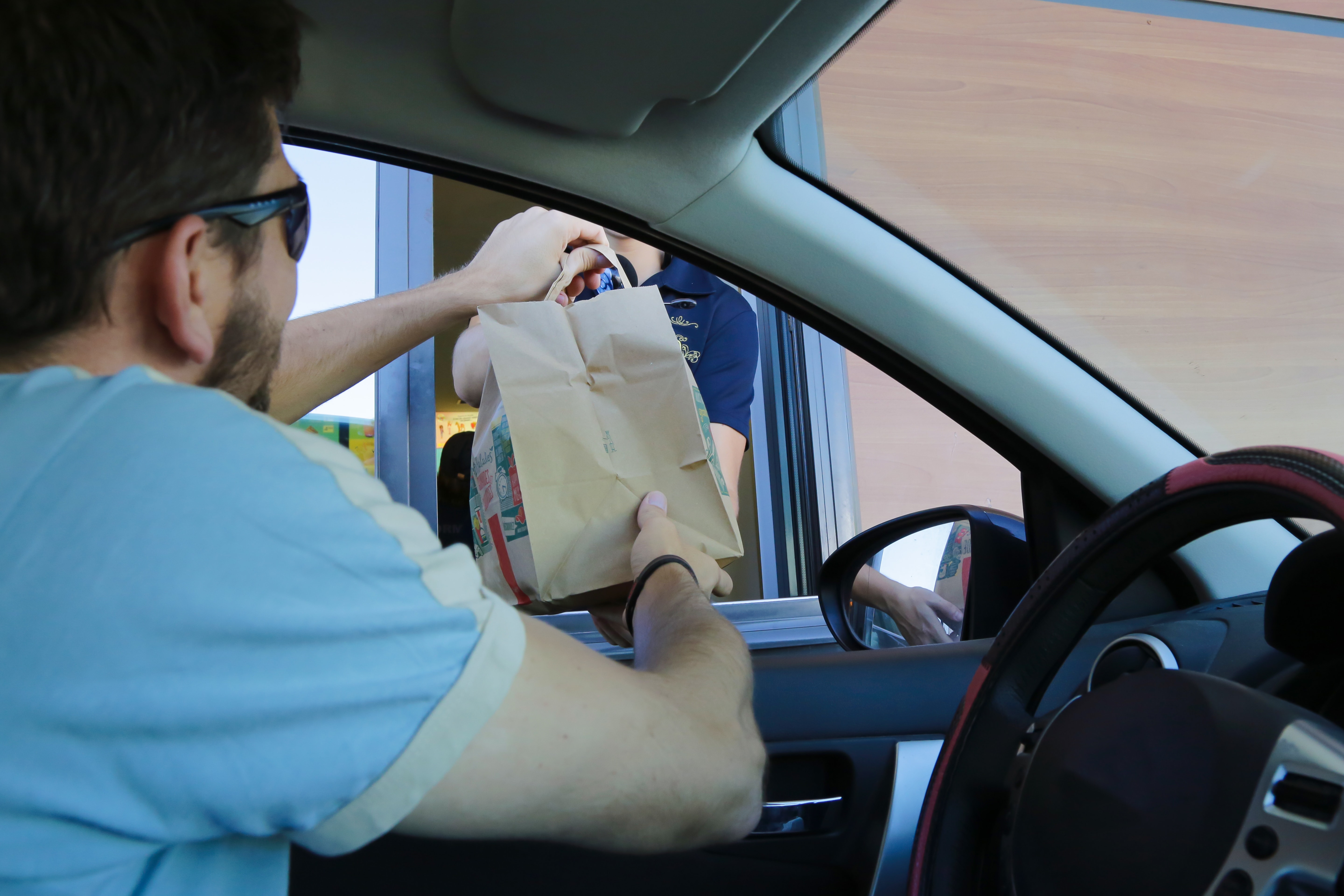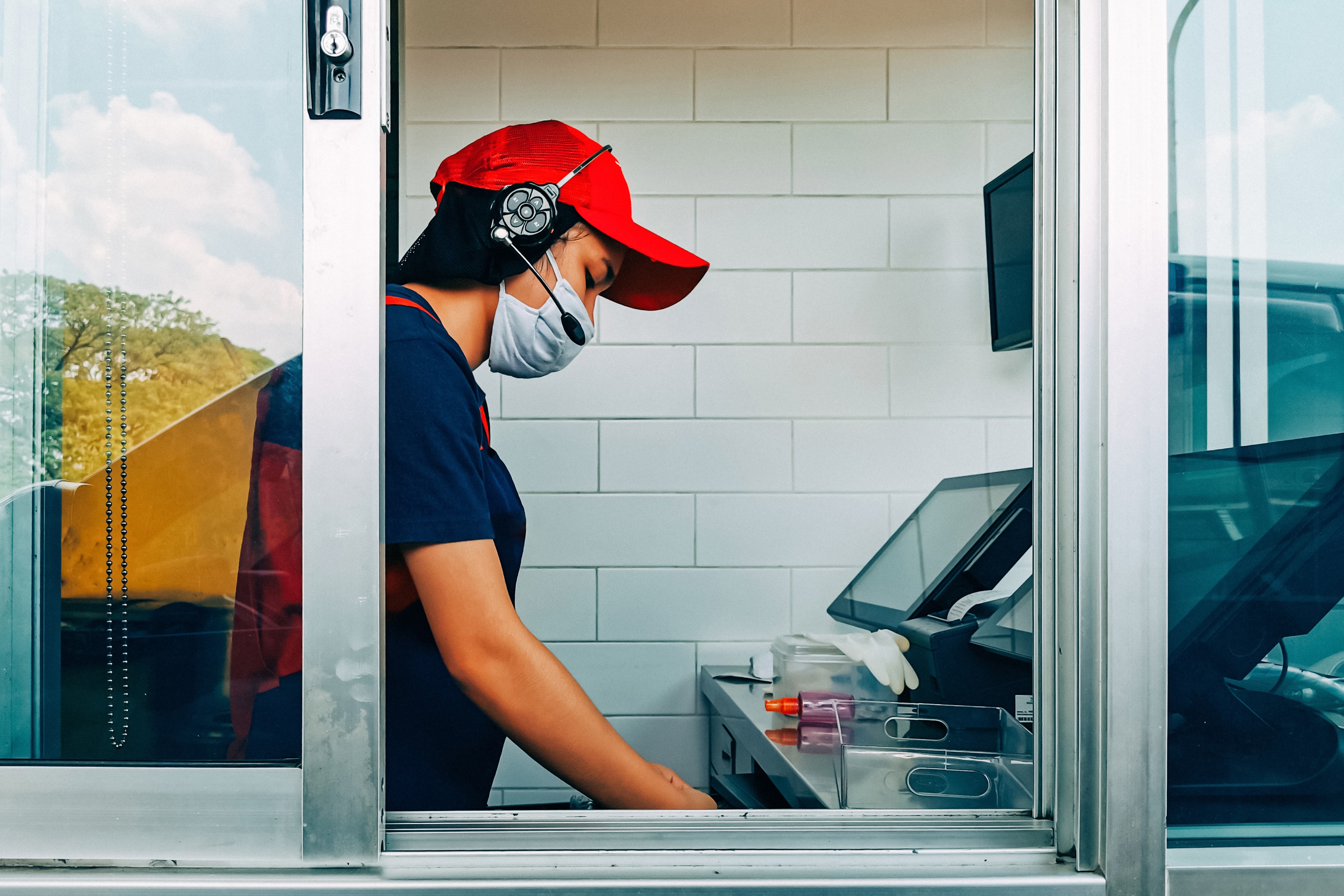In our previous blog, we spoke about QSR trends that are currently impacting the quick service industry. There was one topic we left out, though — artificial intelligence (AI).
According to Polaris Market Research, the service robotics market is expected to grow from $13.1 billion in 2017 to $54.4 billion by 2026, and robotics is only one facet of AI in quick service restaurants. If you consider the breadth of this technology, then the growth rate is even more staggering.
Managed service providers (MSP) and restaurant technology providers know that it pays to stay current on industry trends so you’re well-equipped to serve your QSR clients’ unique needs. So, let’s explore how AI is not only delighting tech-savvy customers but also boosting food sales and decreasing operational costs.
What Is Artificial Intelligence?
Investopedia provides a user-friendly definition of AI:
“Artificial intelligence (AI) refers to the simulation of human intelligence in machines that are programmed to think like humans and mimic their actions. The term may also be applied to any machine that exhibits traits associated with a human mind such as learning and problem-solving.”
An essential subset of AI is machine learning. Machine learning automates its own model building. AI programs use iterative algorithms, i.e., the models learn by repeated exposure to data. As the models receive new data, they “learn” from previous computations. Learning grows exponentially through experience.
AI and machine learning have exciting applications in many verticals, including but not limited to the quick service industry. Here are several ways your customers use AI in quick service restaurants.
4 Use Cases for AI in Quick Service Restaurants
1. Voice Ordering
Voice-activated virtual assistants like Siri®, Amazon’s Alexa®, and Google Home® have played increasingly important roles in both retail and food service sectors. Recent reports estimate that currently, half of the US population uses voice search features daily, and more than one-third (34%) use them at least once a week.
Consumers are already using this tool for searches like “find restaurants near me” and “where is the nearest McDonald’s?” As the adoption of voice-activated search continues to increase, quick service restaurants must find new ways to adapt and accommodate consumer preferences. One way is by implementing voice assistant-enabled ordering.
At Denny’s, for example, customers can easily order delivery at home through Amazon’s Alexa®. Likewise, Dunkin’ customers can order through Google and have their coffee and donuts ready when they arrive at the nearest drive-thru.
Forward-thinking QSRs are adding voice assistant-enabled ordering to their drive-thrus and self-service kiosks. That way, staff can focus on quickly and correctly fulfilling orders while virtual assistants take orders and send them to the kitchen.
Is your service delivery team prepared to meet the surge in demand for the required hardware? If not, you may want to invest in a technology implementation partner. Here’s a case study detailing how one restaurant tech provider used Kinettix to manage their digital signage dispatch projects.
2. Facial Recognition
Speaking of kiosks, digital signage with facial recognition technology also has interesting applications in the quick service industry.
These displays scan customers’ faces, gathering demographic information — such as age and gender — and displaying ads that those customers are most likely to respond to. For example, a college-age person might see an ad about your restaurant’s best meal deal while a middle-aged person might see an ad for the newest coffee drinks.
Facial recognition at self-service kiosks can also recognize repeat customers and make suggestions based on their past order history. It’s important to note this technology doesn’t collect customer photos or personal details, such as credit card information. Instead, it relies on facial geometry and matches the repeat customer’s face with a previous order.
3. Big Data
One of the greatest strengths of AI in quick service restaurants is how it collects big data, giving businesses valuable insights into their daily operations.
When integrated with a restaurant’s point of sale (POS) system, for example, AI can:
- Predict a spike in foot traffic based on such factors as the weather or scheduled local events. The system can then suggest increased staffing.
- Suggest the optimum menu pricing to maintain profitability based on the cost of product ingredients and the actual prices charged by nearby competitors
- Recommend a discount or promotion on menu items using overstocked or perishable ingredients.
If you deal in POS systems or other integrated restaurant technologies, then be prepared to scale your service delivery operations to meet your QSR clients’ desire for these connected systems.
4. Integrated Inventory & Purchasing Management
An integrated POS system that leverages AI can also help QSRs manage their current inventory while forecasting purchasing trends. Specifically, it can:
- Track and order replacement stock based on actual food sales, menus, and recipes.
- Compare up-to-the-minute sales data with actual stock levels.
- Use that information to determine whether the kitchen staff is using the proper portion sizes and cutting down on potential waste.
- Eliminate guesswork and maintain the right supply levels and stock movement as one less task on the staff’s to-do list
Given the cost savings these features can provide, your clients are likely ready to invest in hardware compatible with AI in quick service restaurants.
Big QSR Brands Have Taken the AI Plunge
AI-powered devices are doing more work than ever inside U.S.-based fast food restaurants. Learn from some of the key players:
- Starbucks uses AI for labor scheduling and personalized inventory management.
- Taco Bell’s in-store kiosks identify up-sale opportunities based on the customer’s order.
- McDonald’s recently opened their first digital-only restaurant in Fort Worth, Texas which relies heavily on AI and QSR automation.
- Domino’s Pizza is folding in voice order machines throughout its franchises. The pizza giant is also working on adding voice-ordering capabilities for their phone-ordering customers.
- Kentucky Fried Chicken (KFC) is testing AI for drive-thru voice orders.
AI in Quick Service Restaurants: The Bottom Line
AI is helping quick service restaurants cut costs, streamline processes, and gain valuable insights into their daily operations.
If you are looking for qualified technicians to help you successfully deploy AI-enabled hardware in QSR environments across the globe, give Kinettix a call. Our highly skilled field technicians and project coordinators have years of experience helping MSPs and restaurant tech providers scale service delivery and meet client demand. We are a skilled technology implementation partner that acts as an extension of your team, delivering repeatable outcomes anytime, anywhere.
Editor’s Note: This blog was originally published on March 3, 2021, but has been updated and republished with more current information.






